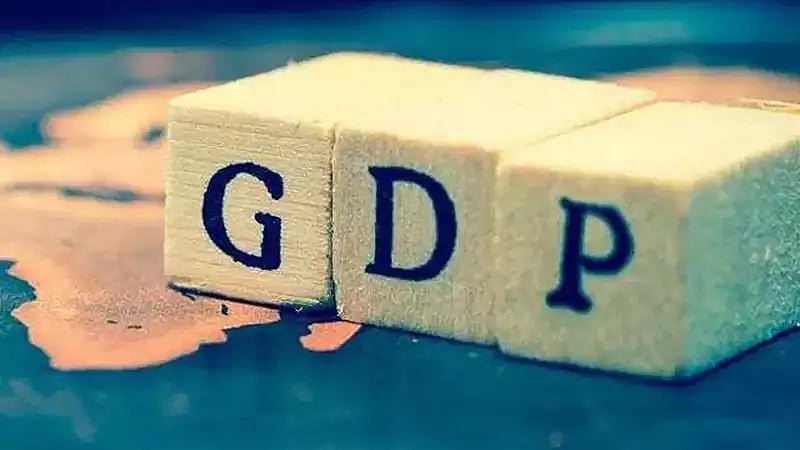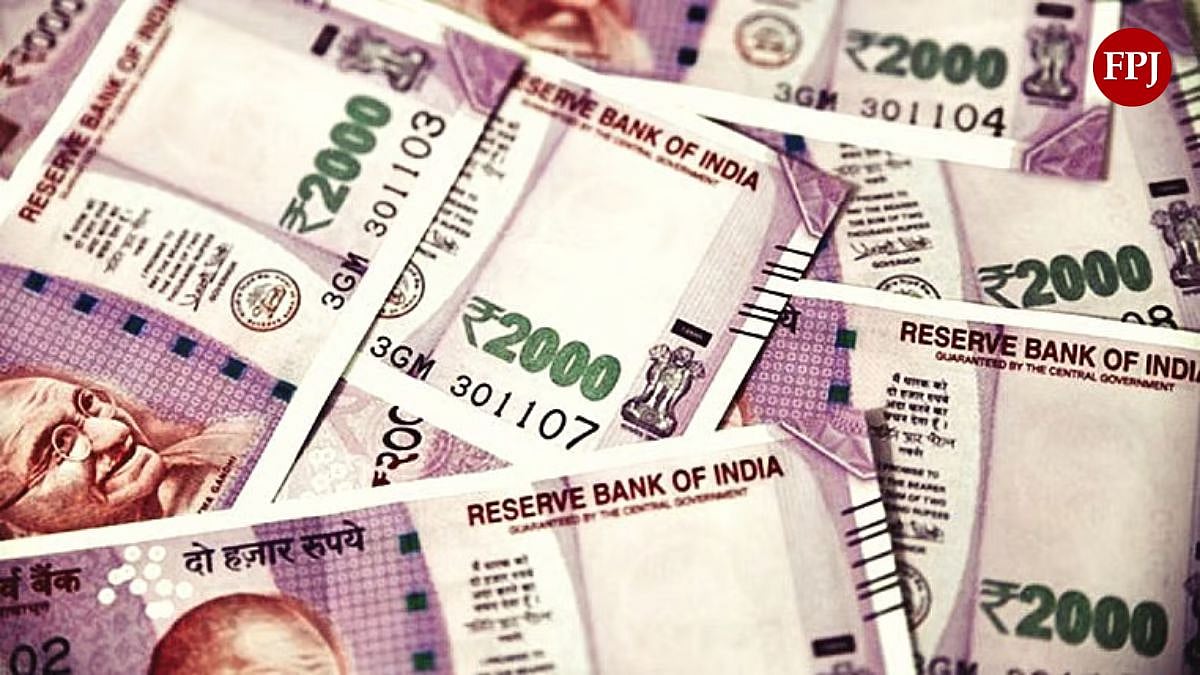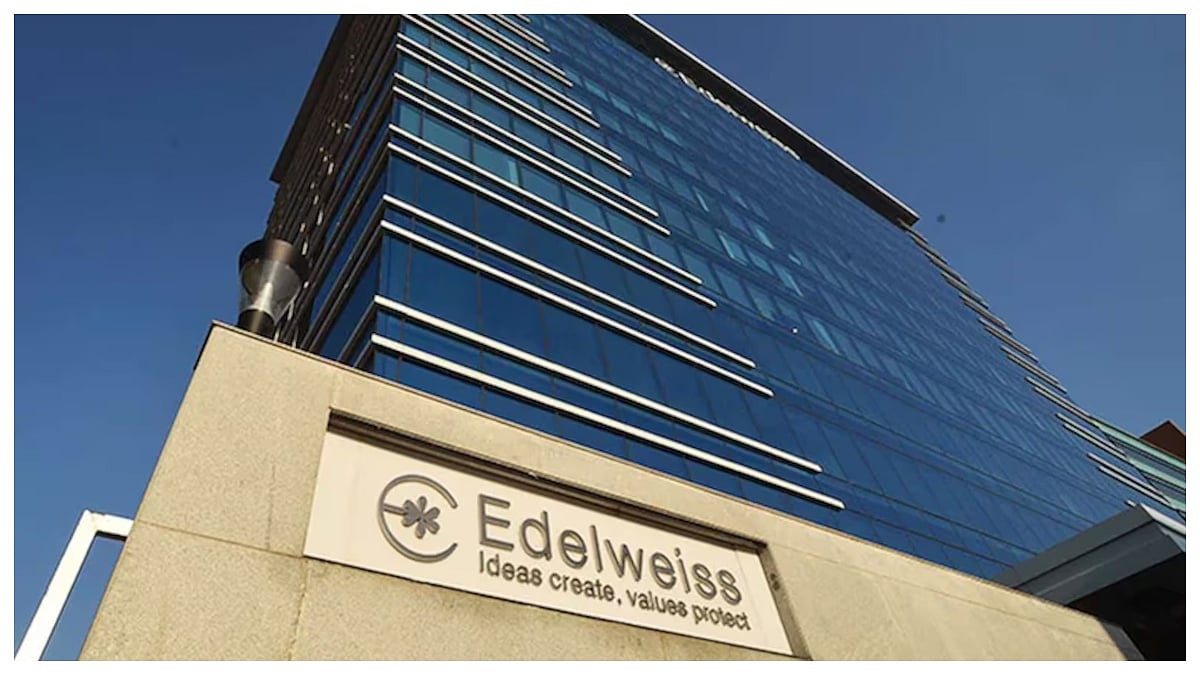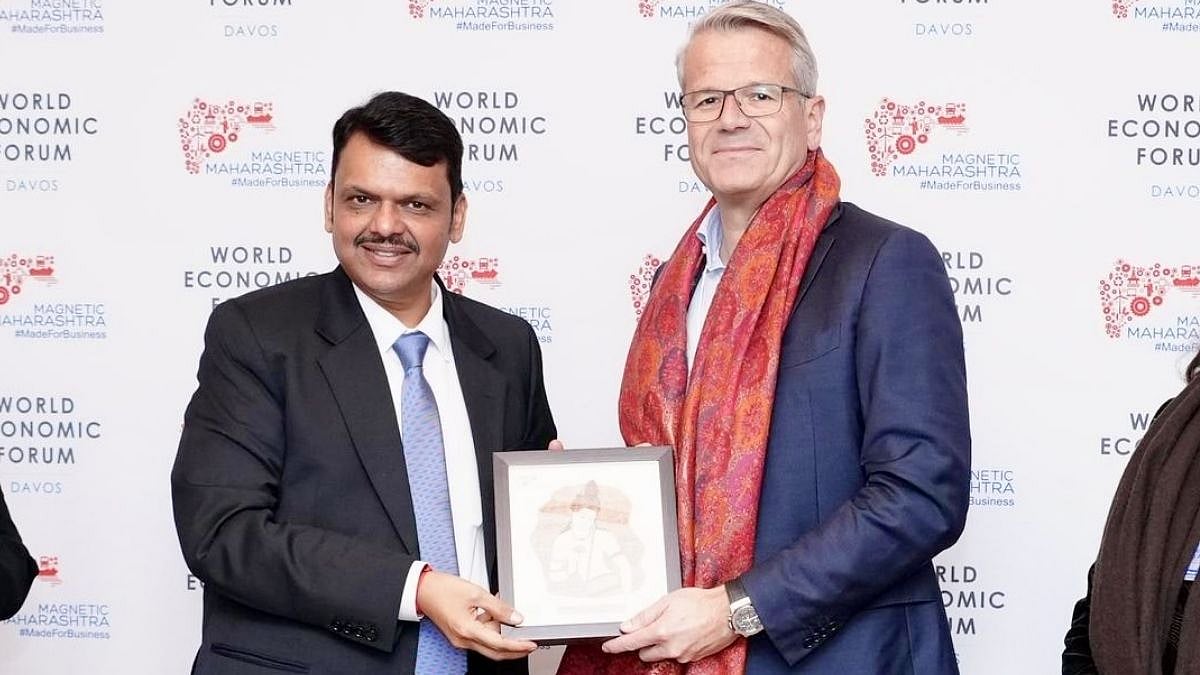Washington: After a broad-based deceleration in the initial quarters of this fiscal year, India's growth rate is projected to fall to 6 per cent, the World Bank said on Sunday.
In 2018-19, the growth rate of the country stood at 6.9 per cent. However, the bank in its latest edition of the South Asia Economic Focus said the country was expected to gradually recover to 6.9 per cent in 2021 and 7.2 per cent in 2022 as it assumed that the monetary stance would remain accommodative, given benign price dynamics.
The report, which has been released ahead of the annual meeting of the World Bank with the International Monetary Fund, noted India's economic growth has decelerated for the second consecutive year.
In 2018-19, it stood at 6.8 per cent, down from 7.2 per cent in the 2017-18 financial year.
While industrial output growth increased to 6.9 per cent due to a pick-up in manufacturing and construction activities, the growth in agriculture and the services sector moderated to 2.9 and 7.5 per cent, respectively.
In the first quarter of 2019-20, the economy experienced a significant and broad-based growth deceleration with a sharp decline in private consumption on the demand side and the weakening of growth in both industry and services on the supply side, the report said.
The World Bank report also noted that the current account deficit had widened to 2.1 per cent of the GDP in 2018-19 from 1.8 per cent a year before, mostly reflecting a deteriorating trade balance.
On the financing side, significant capital outflows in the first half of the current year were followed by a sharp reversal from October 2018 onwards and a build-up of international reserves to USD 411.9 billion at the end of the fiscal year.
Likewise, while the rupee initially lost ground against the USD (12.1 per cent depreciation between March and October 2018), it appreciated by about seven per cent up to March 2019, the report said.
"The general government deficit is estimated to have widened by 0.2 percentage points to 5.9 per cent of the GDP in 2018-19. This is despite the central government improving its balance by 0.2 percentage points over the previous year.
The general government debt remained stable and sustainable - being largely domestic and long term-at around 67 per cent of GDP," the report said.
According to the World Bank, poverty has continued to decline, albeit possibly at a slower pace than earlier.
The report, however, said disruptions brought about by the introduction of the GST and demonetisation, combined with the stress in the rural economy and a high youth unemployment rate in urban areas may have heightened the risks for the poorest households.
The significant slowdown in the first quarter of the fiscal year and high frequency indicators, thereafter, suggested that the output growth would not exceed 6 per cent for the full fiscal year, the bank said.








